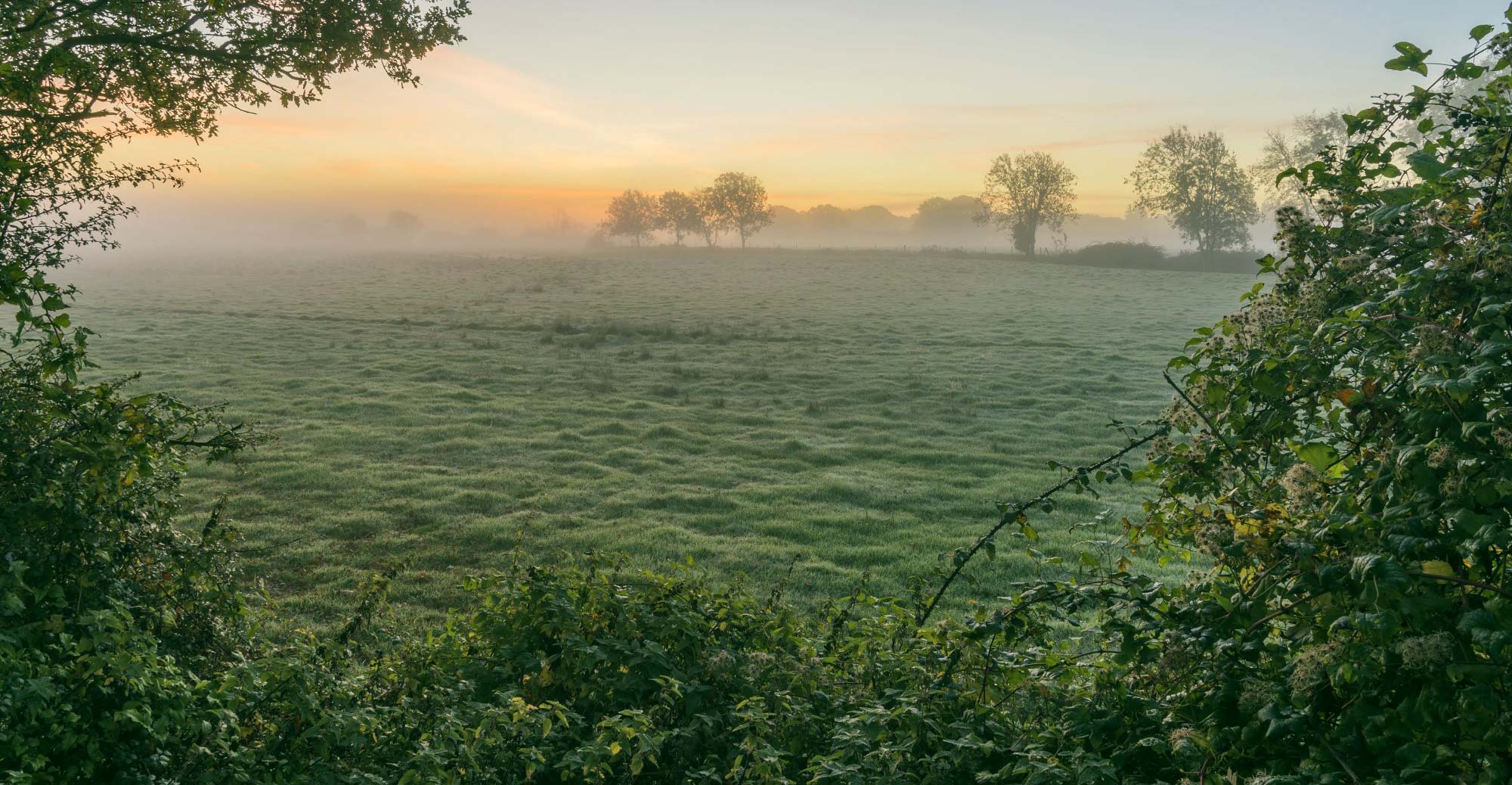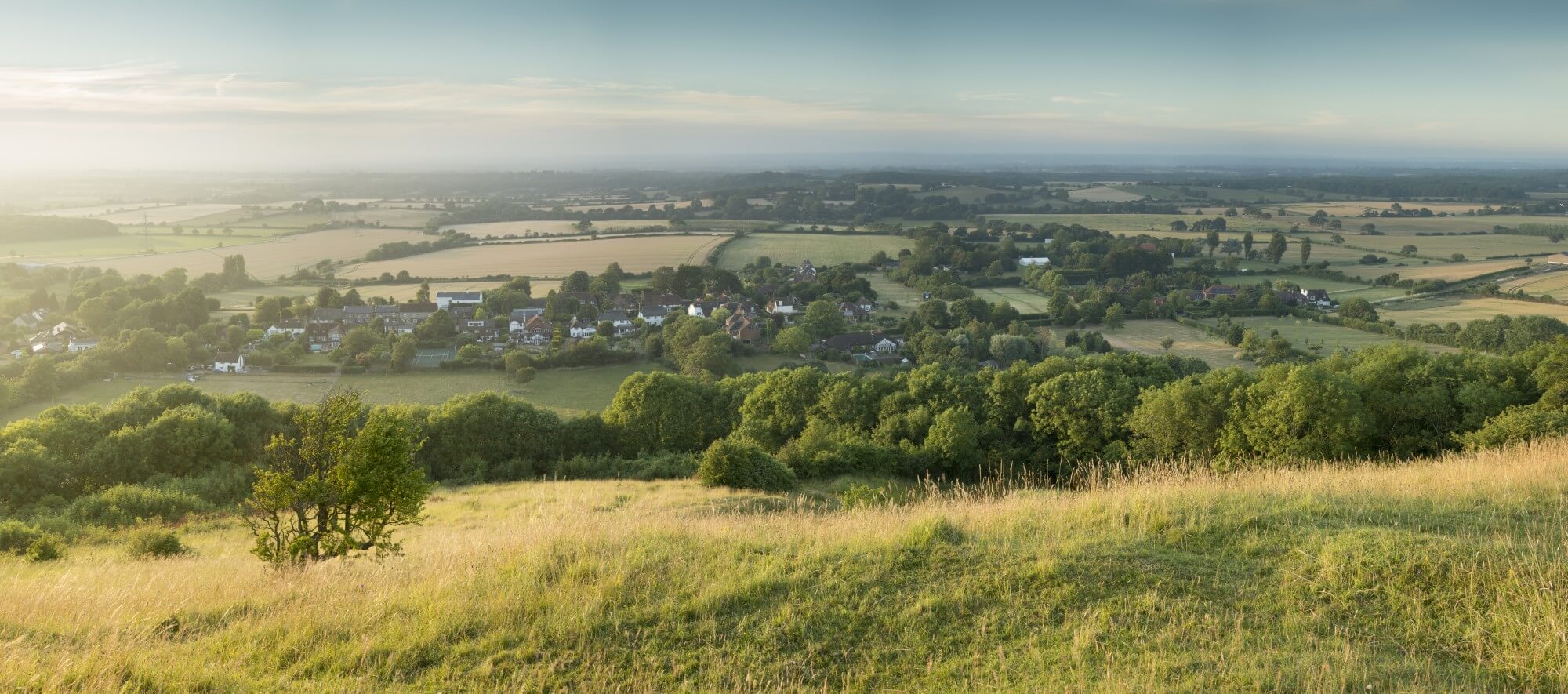BN7: Hedgerow Gapping-up
The UK government BN7 grant is part of the Countryside Stewardship scheme, which is a government-funded program that supports sustainable land management practices.
Countryside Stewardship offers a payment of £17.22 per meter for planted shrub boundaries over 20 meters long, less than 5 meters wide between major woody stems, and primarily composed of 80% native shrubs. This program aims to create continuous hedgerows by filling gaps. Eligibility requires work between November and March, soil preparation, herbicide application, and planting native species in staggered double rows. Applicants must have management control over both sides of the boundary.
This scheme aims to enhance the environment by creating continuous hedgerows, fostering biodiversity, and supporting native plant species. It’s a valuable tool for land managers looking to improve the landscape and benefit local ecosystems.
For more information on the BN7 scheme and how to apply for the grant please visit the government website: www.gov.uk/countryside-stewardship-grants/hedgerow-gapping-up-bn7
Key Points and Requirements
- Conduct the work between November and March.
- Prepare the ground along a 1.5m strip for optimal soil conditions.
- Apply herbicide to the strip in August or September before planting.
- Ensure transplants are 2 years old, 450-600 mm high, and include native species.
- Plant in staggered double rows with a minimum of 6 plants per meter.
- Shield the hedge from grazing animals with fencing.
- Take out guards once the plants are established and replace any failures in the following planting season.
- Maintain proper records, including photographs, and submit them with your payment claim.

The Benefits
The UK government BN7 and BN11 grants offer various benefits to farmers and the environment. Furthermore, these grants can assist farmers in reducing costs and enhancing productivity. Notably, hedges play a crucial role in minimising soil erosion and runoff, thereby contributing to improved soil fertility and crop yields. Additionally, hedges provide essential shelter for livestock, promoting enhanced health and productivity in farming operations.
Moreover, hedges serve as habitats that attract beneficial insects, which play a vital role in controlling pests and diseases. This, in turn, has the potential to reduce the reliance on pesticides and herbicides. Consequently, this not only saves farmers money but also contributes significantly to environmental improvement.
In summary, the BN7 and BN11 grants represent a valuable resource for farmers. Through the planting and gapping-up of hedges, farmers can enhance productivity and profitability while delivering numerous environmental benefits.
Environmental Benefits of Hedges
 Reducing soil erosion and runoff
Reducing soil erosion and runoff Improving air quality
Improving air quality Providing habitat for wildlife
Providing habitat for wildlife Linking up existing habitats
Linking up existing habitats Increasing biodiversity
Increasing biodiversity
BN7 Hedging Mix
Order Yours Today
Supplied by the metre.








